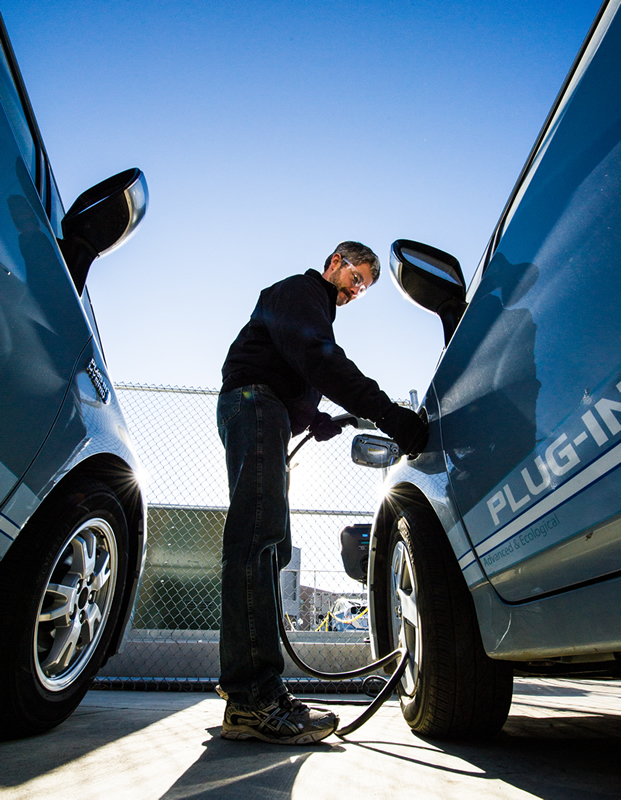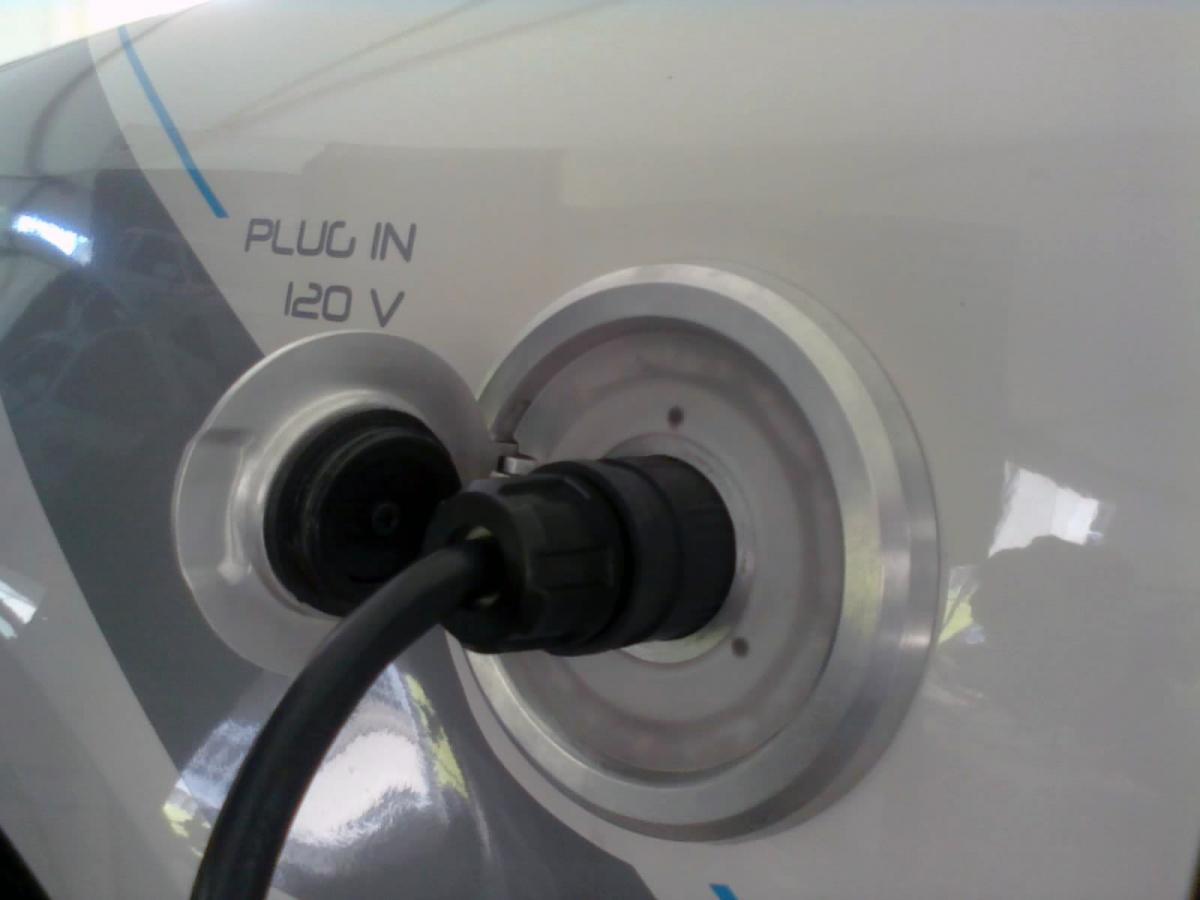Utilities will soon face new pressures to meet surging energy demands posed by the rapid growth of the electric vehicle market. But in the coming years, when vehicle-to-grid transactions are beyond the experimental stage, electric vehicles could also be a major energy resource, helping utilities manage their electric loads when they act together as a Virtual Power Plant (VPP), feeding power back to the grid when it’s needed most.
According to the Edison Electric Institute, electric vehicle (EV) sales grew 78% between 2017 and 2018. As of August 2019, there were more than 1.3 million EVs on the roads. According to Navigant Research, North American EV sales are expected to grow to 2.7 million by 2030, representing about 14% of the market share for light-duty vehicles.

In early 2018, the transportation sector replaced electric power as the biggest source of carbon emissions in the United States (U.S.). Driving an electric vehicle emits 54% fewer C02 emissions per mile than the average new gasoline-powered car, which helps reduce air pollution in the U.S.
But transitioning our transportation infrastructure from fossil fuels to electric power will place huge energy demands upon the nation’s utilities.
The National Renewable Energy Laboratory reports that a high rate of electric vehicle adoption could drive a 38% increase in electricity demand over the next three decades. Even more problematic than overall demand growth are the requirements for infrastructure upgrades in areas where EV adoption is growing fastest.
Looking to the future

While vehicle-to-grid (V2G) transactions are still experimental as researchers continue to test wear and tear on EV batteries, it’s expected that V2G technology will be more widely available in the near future. That will be a game-changer for utilities, as utilities, regulators and customers consider how to take advantage of the vast energy resource embodied in electric vehicles and plan to meet the challenge of new electric demand spurred by rapid EV adoption.
In a study conducted last fall that simulated 5,000 typical EV-owning customers of Southern California Edison, researchers found that a mere 10% electric vehicle market share would be enough to completely offset the utility’s residential demand peak.
According to the Jackson Associate’s study, if commuters could supply electricity to the grid during peak hours and shift their electric vehicle charging to nighttime hours, they could eliminate the residential peak entirely and save an average of over $560 per customer in annual electricity costs. The study analyzed residential loads, commuting data and battery reserves.
Utility pilot programs have already shown that when people return from work and plug in their vehicles to recharge them, they add to the end-of-day residential demand spike. If at that time they could contribute battery power to the grid instead of drawing it, they could have a dramatic leveling impact on the utility’s load profile and save on their energy costs in the process.

As more consumers choose electric vehicles, the need to manage charging will rise. Tools that help manage peak demand are needed. And once vehicle-to-grid becomes available, contributions such as the vehicle-to-grid energy upload modeled in the Jackson study may help utilities respond to new demands for electric power.

UL Solutions HOMER Grid is a market-leading solar-plus-storage software tool for designing grid-tied distributed energy systems. With an integrated utility tariff database and a new module for electric vehicle charging stations, it optimizes peak shaving to help commercial and industrial utility customers lower their demand charges. HOMER Grid can model projects with wind and combined heat and power as well as islanded systems, helping users improve their resiliency. Explore your opportunities with HOMER Grid during a complimentary trial. Learn more and download your complimentary trial.
